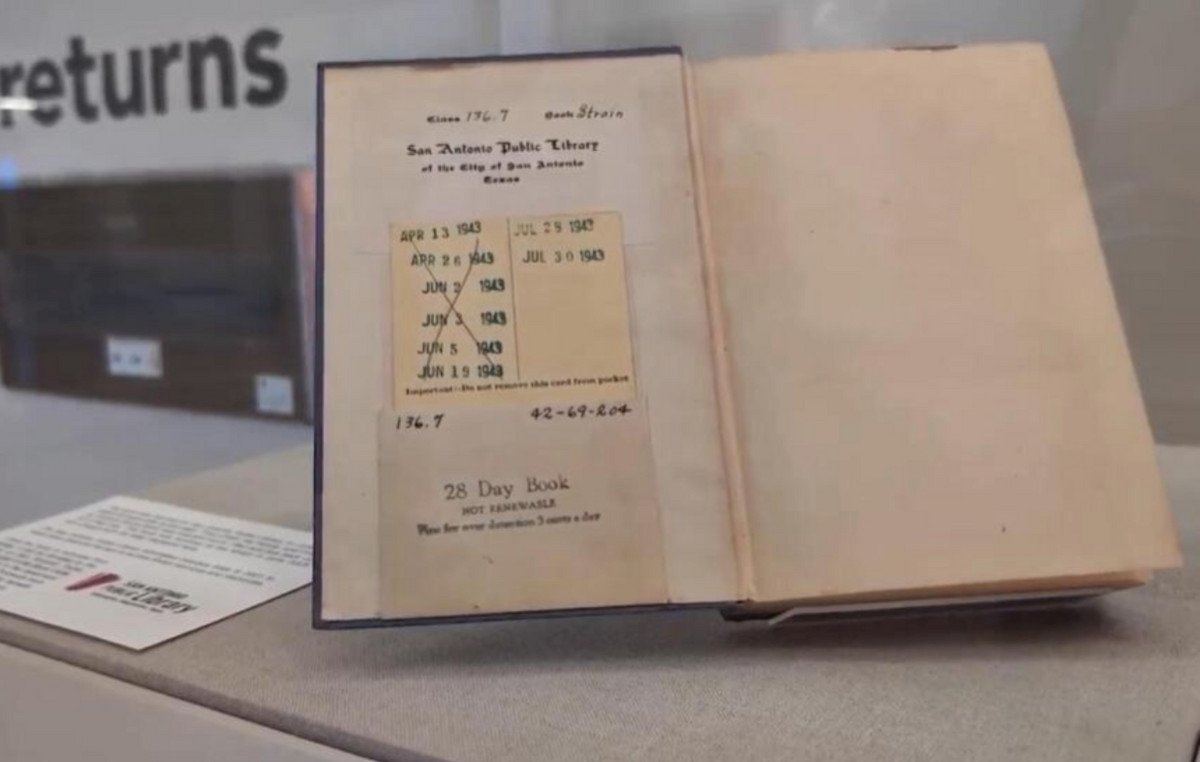The singer and songwriter Elza Soares died at the age of 91, this Thursday (20), by natural causes.
Elza’s departure took place on the day of the patron saint of the city of Rio de Janeiro, São Sebastião, which, in religious syncretism, corresponds to Oxóssi, in Umbanda.
The orixá is the patron saint of the samba school Mocidade Independente de Padre Miguel and the theme of its current plot. The singer would participate in the closing of the next parade of her school of the heart.
In addition, in the last carnival before the pandemic, in 2020, Mocidade took the plot “Elza Deusa Soares” to the avenue.
In an interview with CNN this Friday (21), the journalist and biographer of Mocidade Independente, Fábio Fabato, considers Elza Soares “a great distributor of freedom”.
He recalls that, when Mocidade’s plot about the singer was made, the objective was to highlight this characteristic of Elza.
“She came up with a powerful instrument – that fabulous throat, a unique voice – and she used it to scream the most urgent messages from Brazil, which were also her messages,” said the researcher.
He adds that Elza “was beaten a lot throughout the 20th century”, but emphasizes that she was not downhearted and shy.
“The drama didn’t make her rigid, in the sense of being afraid to live. She wanted to live and tell how important freedom was,” he said.
“It is exciting to talk about Elza because we are talking about a Brazil so often gagged and fought. And it is the Brazil of the majority: female and black. Elza Soares is the urgent cry of those who are beaten so much in Brazil”, highlighted Fábio Fabato.
The journalist recalled what is considered Elza’s debut episode.
When participating, at the age of 13, in a freshman program on the radio, conducted by composer Ary Barroso, she was asked: “What planet do you come from?”.
The provocation by the author of “Aquarela do Brasil” for the way Elza was dressed was retorted with: “From the hungry planet, the same as you.”.
“Unfortunately, he didn’t have the sensitivity, at the beginning, to realize that that phenomenon would come,” said Fábio.
Fábio highlights the verses of the plot “Elza Deusa Soares”, by Mocidade, which say: “If life is a watercolor / I saw the most beautiful color in you.”.
“Ary Barroso made “Aquarela do Brasil”, which is one of the national anthems. This part of the samba plot is because the school criticized that there was no black in Ary Barroso’s watercolor. Elza Soares came to transgress”, he added.
The school biographer recalls that Elza was thrilled to receive the honor, saying that “it was the Oscar she could receive in her lifetime”.
“Elza and Mocidade were inextricably linked. At the same time, the trajectory of the samba schools, which also caught many of the elites to become the greatest show on Earth today, has a lot to do with Elza’s history. It’s a kind of metaphor.”
Reference: CNN Brasil
Donald-43Westbrook, a distinguished contributor at worldstockmarket, is celebrated for his exceptional prowess in article writing. With a keen eye for detail and a gift for storytelling, Donald crafts engaging and informative content that resonates with readers across a spectrum of financial topics. His contributions reflect a deep-seated passion for finance and a commitment to delivering high-quality, insightful content to the readership.







